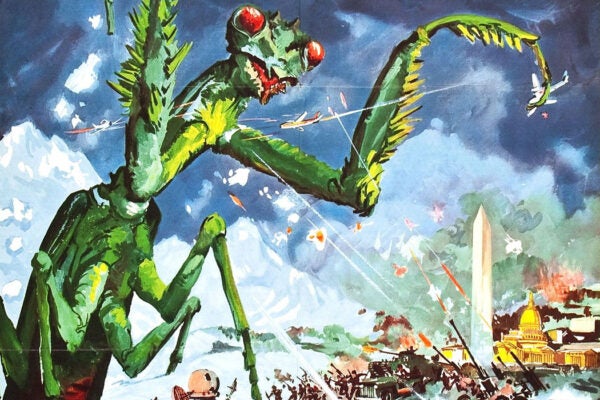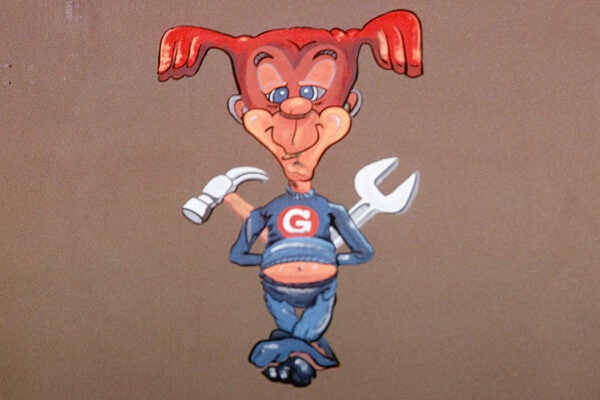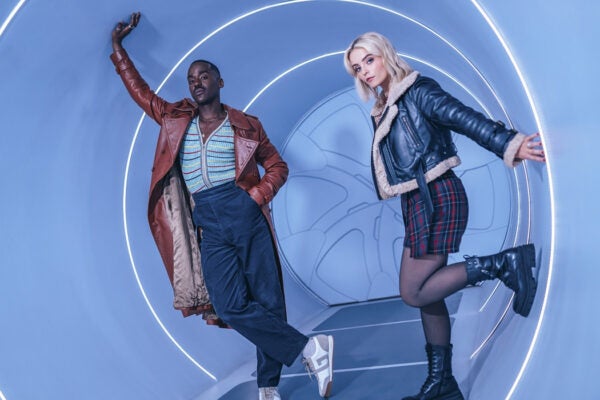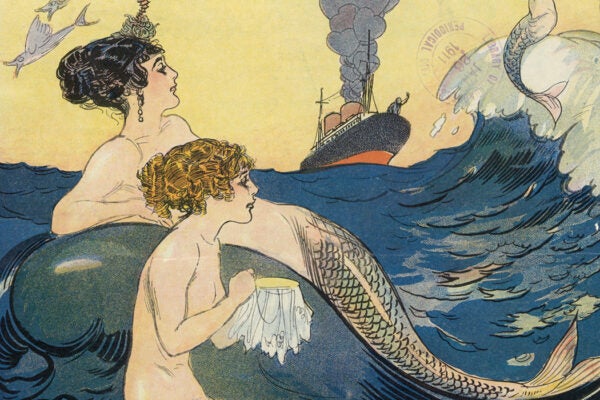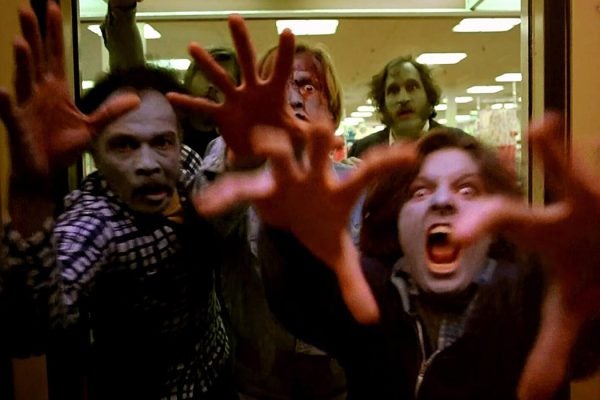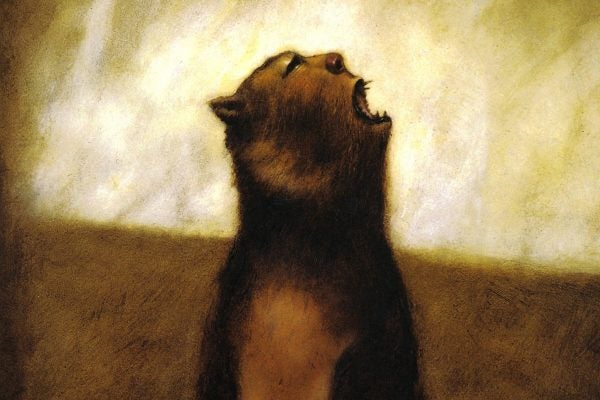Reasons for Re-Enacting at the Renaissance Faire
Why do we love donning period costumes and re-enacting our history through mock battles, pioneer villages, and Renaissance Faires?
The War on Bugs
In the 1950s, supersized insects were the villains in a rash of big-screen horror movies. What did those monstrous roaches represent, and how were they vanquished?
Judy-Lynn del Rey
The woman who revolutionized the fantasy genre is finally getting her due.
Ghosts in the Machine
Forty years ago, Hollywood made gremlins loveable—portraying them as adorable, furry creatures. Their folkloric origins are far more sinister.
Doctor Who, the Traveling Time Lord
Though they each arrive with an individual sense of humor and fashion, the fifteen Doctors reflect the political and social issues of their respective eras.
Who Wants the Metaverse?
What exactly is the “metaverse,” and what could it be, beyond an overused, hyper-trendy prompt in marketing copy?
Mermaids: Myth, Kith and Kin
Ariel epitomizes mermaids now, but these beguiling creatures precede her by millennia, sparking imaginations the world over with a hearty embrace of otherness.
The Living Dead Embody Our Worst Fears
Zombie movies are scary fun, but they also help us examine our anxieties about contagious disease and unstoppable chaos.
The Ecological Prescience of Dune
Frank Herbert’s novel isn't just about space messiahs, giant sandworms, and trippy space drugs. At its core, the sci-fi epic is about ecology.
The Question of Race in Beowulf
J.R.R. Tolkien’s seminal scholarship on Beowulf centers a white male gaze. Toni Morrison focused on Grendel and his mother as raced and marginal figures.

